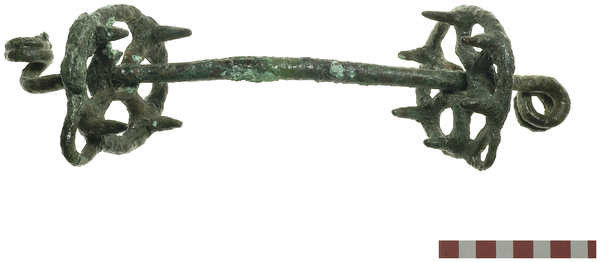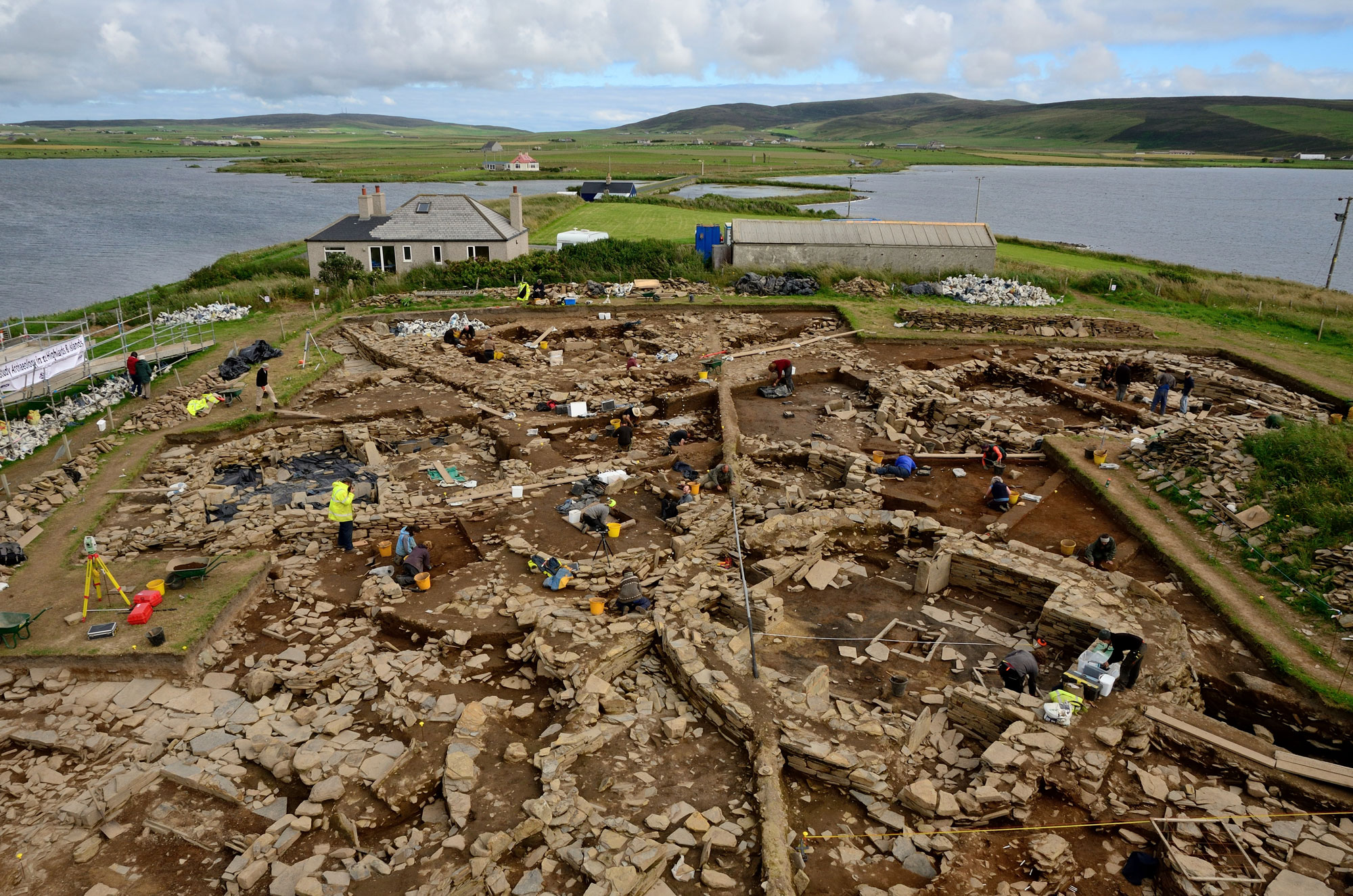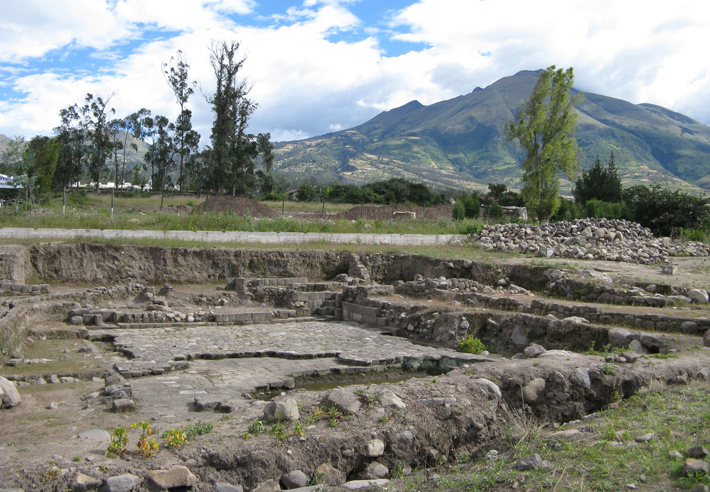
HADAROM, ISRAEL—More information has become available about a donkey that had been ritually buried with a bit and saddle bags 3,700 years ago at Tel Haror. The copper bit in the donkey’s mouth had been assembled from pieces of three separate bits and it was not in working order. No other metal bridle fittings were found. The young donkey’s teeth show no evidence of bit wear. “This strongly suggests that, in the context of the ritual donkey burial of Tel Haror, the bridle bit had symbolic significance and its quality and functional state were of little concern,” wrote the investigative team, headed by Guy Bar-Oz of the University of Haifa. The metal saddle bag fittings indicate that they were probably made of leather.









